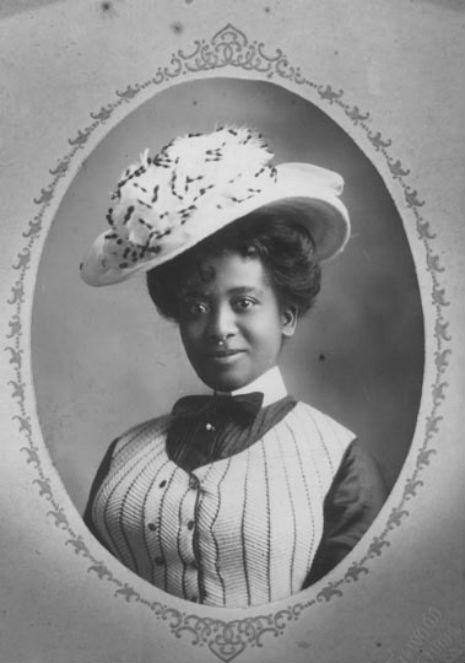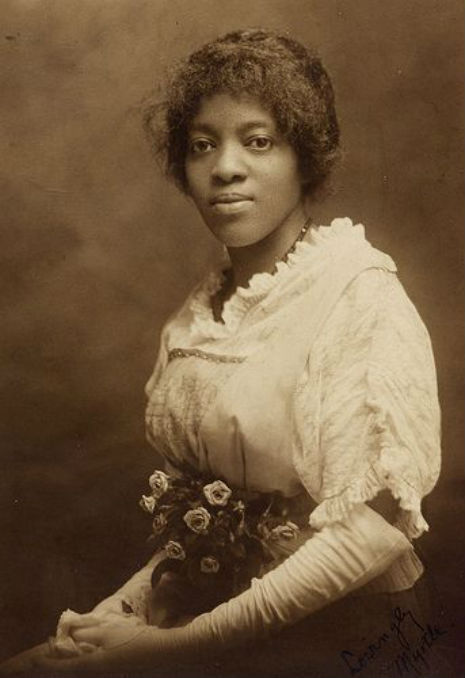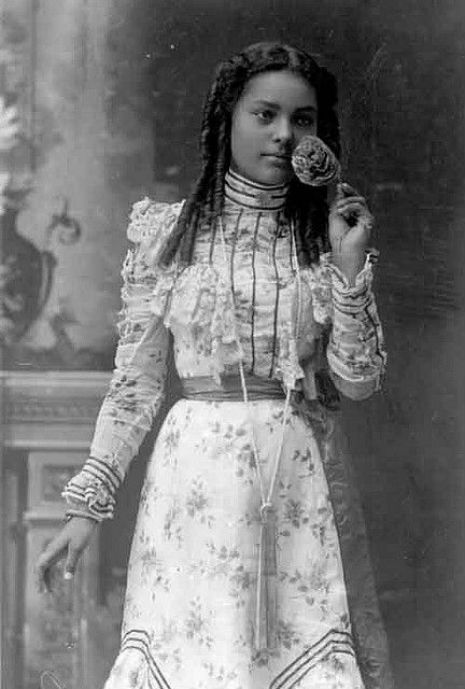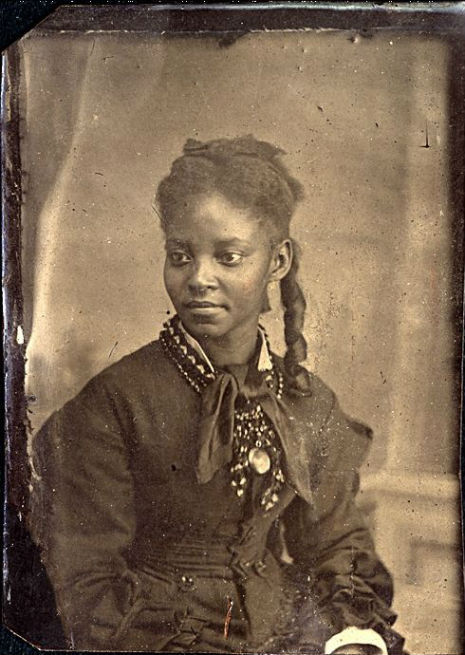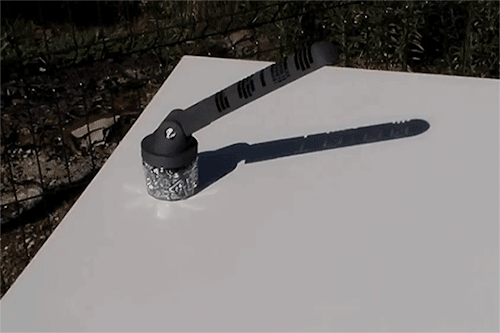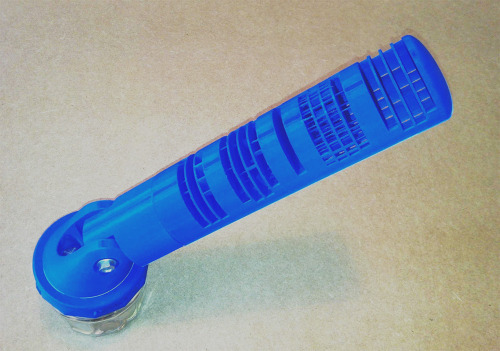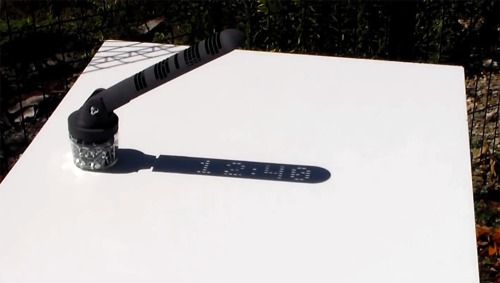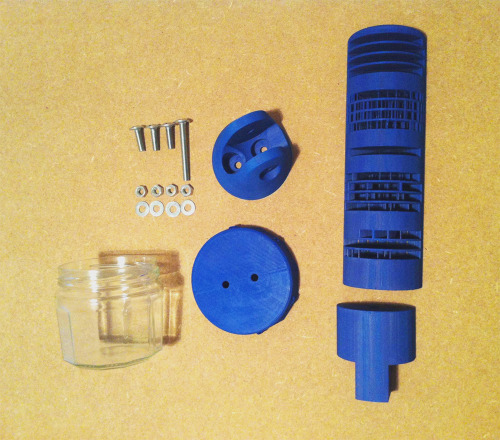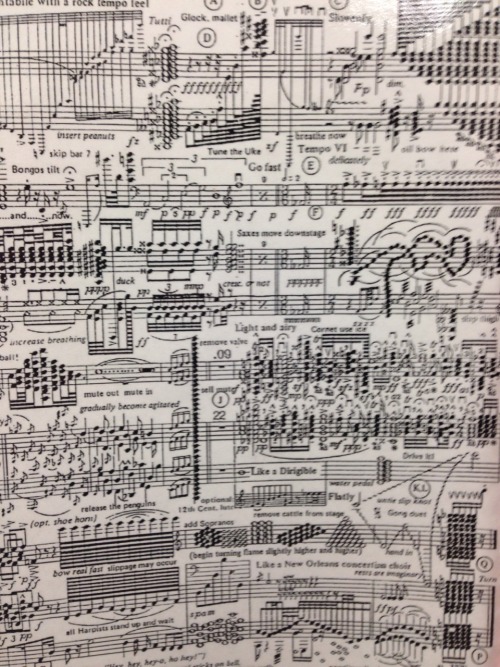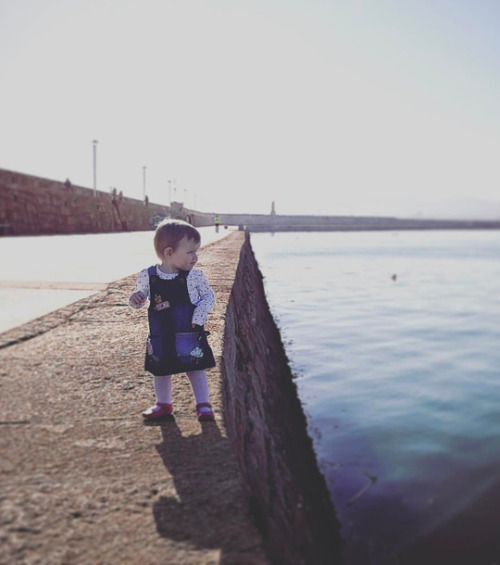So Apparently Last Year The National Park Service In The US Dropped An Over 1200 Page Study Of LGBTQ
So apparently last year the National Park Service in the US dropped an over 1200 page study of LGBTQ American History as part of their Who We Are program which includes studies on African-American history, Latino history, and Indigenous history.
Like. This is awesome. But also it feels very surreal that maybe one of the most comprehensive examinations of LGBTQ history in America (it covers sports! art! race! historical sites! health! cities!) was just casually done by the parks service.
More Posts from Allisoncheri and Others
Celebrating 17 Years of NASA’s ‘Little Earth Satellite That Could’
The satellite was little— the size of a small refrigerator; it was only supposed to last one year and constructed and operated on a shoestring budget — yet it persisted.
After 17 years of operation, more than 1,500 research papers generated and 180,000 images captured, one of NASA’s pathfinder Earth satellites for testing new satellite technologies and concepts comes to an end on March 30, 2017. The Earth Observing-1 (EO-1) satellite will be powered off on that date but will not enter Earth’s atmosphere until 2056.
“The Earth Observing-1 satellite is like The Little Engine That Could,” said Betsy Middleton, project scientist for the satellite at NASA’s Goddard Space Flight Center in Greenbelt, Maryland.
To celebrate the mission, we’re highlighting some of EO-1’s notable contributions to scientific research, spaceflight advancements and society.
Scientists Learn More About Earth in Fine Detail

This animation shifts between an image showing flooding that occurred at the Arkansas and Mississippi rivers on January 12, 2016, captured by ALI and the rivers at normal levels on February 14, 2015 taken by the Operational Land Imager on Landsat 8. Credit: NASA’s Earth Observatory
EO-1 carried the Advanced Land Imager that improved observations of forest cover, crops, coastal waters and small particles in the air known as aerosols. These improvements allowed researchers to identify smaller features on a local scale such as floods and landslides, which were especially useful for disaster support.

On the night of Sept. 6, 2014, EO-1’s Hyperion observed the ongoing eruption at Holuhraun, Iceland as shown in the above image. Partially covered by clouds, this scene shows the extent of the lava flows that had been erupting.
EO-1’s other key instrument Hyperion provided an even greater level of detail in measuring the chemical constituents of Earth’s surface— akin to going from a black and white television of the 1940s to the high-definition color televisions of today. Hyperion’s level of sophistication doesn’t just show that plants are present, but can actually differentiate between corn, sorghum and many other species and ecosystems. Scientists and forest managers used these data, for instance, to explore remote terrain or to take stock of smoke and other chemical constituents during volcanic eruptions, and how they change through time.
Crowdsourced Satellite Images of Disasters

EO-1 was one of the first satellites to capture the scene after the World Trade Center attacks (pictured above) and the flooding in New Orleans after Hurricane Katrina. EO-1 also observed the toxic sludge in western Hungary in October 2010 and a large methane leak in southern California in October 2015. All of these scenes, which EO-1 provided quick, high-quality satellite imagery of the event, were covered in major news outlets. All of these scenes were also captured because of user requests. EO-1 had the capability of being user-driven, meaning the public could submit a request to the team for where they wanted the satellite to gather data along its fixed orbits.

This image shows toxic sludge (red-orange streak) running west from an aluminum oxide plant in western Hungary after a wall broke allowing the sludge to spill from the factory on October 4, 2010. This image was taken by EO-1’s Advanced Land Imager on October 9, 2010. Credit: NASA’s Earth Observatory
Artificial Intelligence Enables More Efficient Satellite Collaboration

This image of volcanic activity on Antarctica’s Mount Erebus on May 7, 2004 was taken by EO-1’s Advanced Land Imager after sensing thermal emissions from the volcano. The satellite gave itself new orders to take another image several hours later. Credit: Earth Observatory
EO-1 was among the first satellites to be programmed with a form of artificial intelligence software, allowing the satellite to make decisions based on the data it collects. For instance, if a scientist commanded EO-1 to take a picture of an erupting volcano, the software could decide to automatically take a follow-up image the next time it passed overhead. The Autonomous Sciencecraft Experiment software was developed by NASA’s Jet Propulsion Laboratory in Pasadena, California, and was uploaded to EO-1 three years after it launched.

This image of Nassau Bahamas was taken by EO-1’s Advanced Land Imager on Oct 8, 2016, shortly after Hurricane Matthew hit. European, Japanese, Canadian, and Italian Space Agency members of the international coalition Committee on Earth Observation Satellites used their respective satellites to take images over the Caribbean islands and the U.S. Southeast coastline during Hurricane Matthew. Images were used to make flood maps in response to requests from disaster management agencies in Haiti, Dominican Republic, St. Martin, Bahamas, and the U.S. Federal Emergency Management Agency.
The artificial intelligence software also allows a group of satellites and ground sensors to communicate and coordinate with one another with no manual prompting. Called a “sensor web”, if a satellite viewed an interesting scene, it could alert other satellites on the network to collect data during their passes over the same area. Together, they more quickly observe and downlink data from the scene than waiting for human orders. NASA’s SensorWeb software reduces the wait time for data from weeks to days or hours, which is especially helpful for emergency responders.
Laying the Foundation for ‘Formation Flying’

This animation shows the Rodeo-Chediski fire on July 7, 2002, that were taken one minute apart by Landsat 7 (burned areas in red) and EO-1 (burned areas in purple). This precision formation flying allowed EO-1 to directly compare the data and performance from its land imager and the Landsat 7 ETM+. EO-1’s most important technology goal was to test ALI for future Landsat satellites, which was accomplished on Landsat 8. Credit: NASA’s Goddard Space Flight Center
EO-1 was a pioneer in precision “formation flying” that kept it orbiting Earth exactly one minute behind the Landsat 7 satellite, already in orbit. Before EO-1, no satellite had flown that close to another satellite in the same orbit. EO-1 used formation flying to do a side-by-side comparison of its onboard ALI with Landsat 7’s operational imager to compare the products from the two imagers. Today, many satellites that measure different characteristics of Earth, including the five satellites in NASA’s A Train, are positioned within seconds to minutes of one another to make observations on the surface near-simultaneously.
For more information on EO-1’s major accomplishments, visit: https://www.nasa.gov/feature/goddard/2017/celebrating-17-years-of-nasa-s-little-earth-satellite-that-could
Make sure to follow us on Tumblr for your regular dose of space: http://nasa.tumblr.com/.

Venn diagram of shared/unshared letters between Latin, Greek, and Cyrillic alphabets: via @juliagalef at Twitter

NASAs SWIFT has made the largest ever ultraviolet image of the Andromeda Galaxy. The image shows a region 200,000 light-years wide and 100,000 light-years high
js
-
 pratiquecompte reblogged this · 3 weeks ago
pratiquecompte reblogged this · 3 weeks ago -
 pratiquecompte reblogged this · 3 weeks ago
pratiquecompte reblogged this · 3 weeks ago -
 pratiquecompte liked this · 3 weeks ago
pratiquecompte liked this · 3 weeks ago -
 spidergoatduex liked this · 3 weeks ago
spidergoatduex liked this · 3 weeks ago -
 kindlecorner liked this · 4 weeks ago
kindlecorner liked this · 4 weeks ago -
 williamsblood reblogged this · 4 weeks ago
williamsblood reblogged this · 4 weeks ago -
 williamsblood liked this · 4 weeks ago
williamsblood liked this · 4 weeks ago -
 jackeloop reblogged this · 1 month ago
jackeloop reblogged this · 1 month ago -
 umbra-kinetic reblogged this · 1 month ago
umbra-kinetic reblogged this · 1 month ago -
 subtly-shakespearean liked this · 1 month ago
subtly-shakespearean liked this · 1 month ago -
 leslie-redirects-here reblogged this · 1 month ago
leslie-redirects-here reblogged this · 1 month ago -
 drwhom42 reblogged this · 1 month ago
drwhom42 reblogged this · 1 month ago -
 drwhom42 liked this · 1 month ago
drwhom42 liked this · 1 month ago -
 drleevezan liked this · 1 month ago
drleevezan liked this · 1 month ago -
 verityshush reblogged this · 1 month ago
verityshush reblogged this · 1 month ago -
 verityshush liked this · 1 month ago
verityshush liked this · 1 month ago -
 seepingoutofpandorasbox liked this · 1 month ago
seepingoutofpandorasbox liked this · 1 month ago -
 heresmyfiddlestick reblogged this · 1 month ago
heresmyfiddlestick reblogged this · 1 month ago -
 mysteriousflamingos liked this · 1 month ago
mysteriousflamingos liked this · 1 month ago -
 boredsphinx reblogged this · 1 month ago
boredsphinx reblogged this · 1 month ago -
 boredsphinx liked this · 1 month ago
boredsphinx liked this · 1 month ago -
 hoping-n-moping reblogged this · 1 month ago
hoping-n-moping reblogged this · 1 month ago -
 theramblingsofauniversitystudent reblogged this · 1 month ago
theramblingsofauniversitystudent reblogged this · 1 month ago -
 hoping-n-moping reblogged this · 1 month ago
hoping-n-moping reblogged this · 1 month ago -
 bone-trash liked this · 1 month ago
bone-trash liked this · 1 month ago -
 rysgil liked this · 1 month ago
rysgil liked this · 1 month ago -
 kafkaesque-meat reblogged this · 1 month ago
kafkaesque-meat reblogged this · 1 month ago -
 itwasanangryinch reblogged this · 1 month ago
itwasanangryinch reblogged this · 1 month ago -
 stephcranford reblogged this · 1 month ago
stephcranford reblogged this · 1 month ago -
 runningwithscarlet liked this · 1 month ago
runningwithscarlet liked this · 1 month ago -
 crumbydyke reblogged this · 1 month ago
crumbydyke reblogged this · 1 month ago -
 crumbydyke liked this · 1 month ago
crumbydyke liked this · 1 month ago -
 thehappiestmistake reblogged this · 1 month ago
thehappiestmistake reblogged this · 1 month ago -
 tardigradetv liked this · 1 month ago
tardigradetv liked this · 1 month ago -
 thewandererh reblogged this · 1 month ago
thewandererh reblogged this · 1 month ago -
 dendrochronologies liked this · 1 month ago
dendrochronologies liked this · 1 month ago -
 maybeiwannadothat reblogged this · 1 month ago
maybeiwannadothat reblogged this · 1 month ago -
 the-number-1-iono-fan reblogged this · 1 month ago
the-number-1-iono-fan reblogged this · 1 month ago -
 the-number-1-iono-fan liked this · 1 month ago
the-number-1-iono-fan liked this · 1 month ago -
 zerbinaa liked this · 1 month ago
zerbinaa liked this · 1 month ago -
 jillybeannnssss liked this · 1 month ago
jillybeannnssss liked this · 1 month ago -
 momsterhouse liked this · 1 month ago
momsterhouse liked this · 1 month ago -
 jooniesdimples liked this · 1 month ago
jooniesdimples liked this · 1 month ago -
 mottles liked this · 1 month ago
mottles liked this · 1 month ago -
 gael-garcia liked this · 1 month ago
gael-garcia liked this · 1 month ago -
 rachel-goswell liked this · 1 month ago
rachel-goswell liked this · 1 month ago -
 bebi-chan reblogged this · 1 month ago
bebi-chan reblogged this · 1 month ago -
 knightofcup liked this · 1 month ago
knightofcup liked this · 1 month ago


